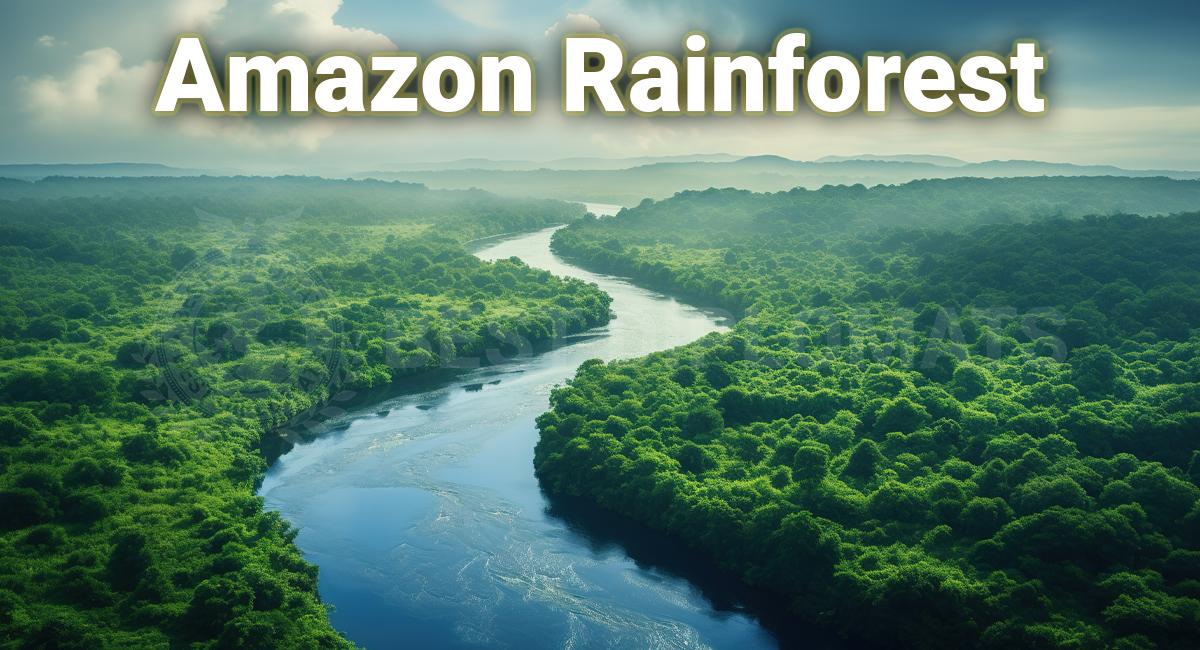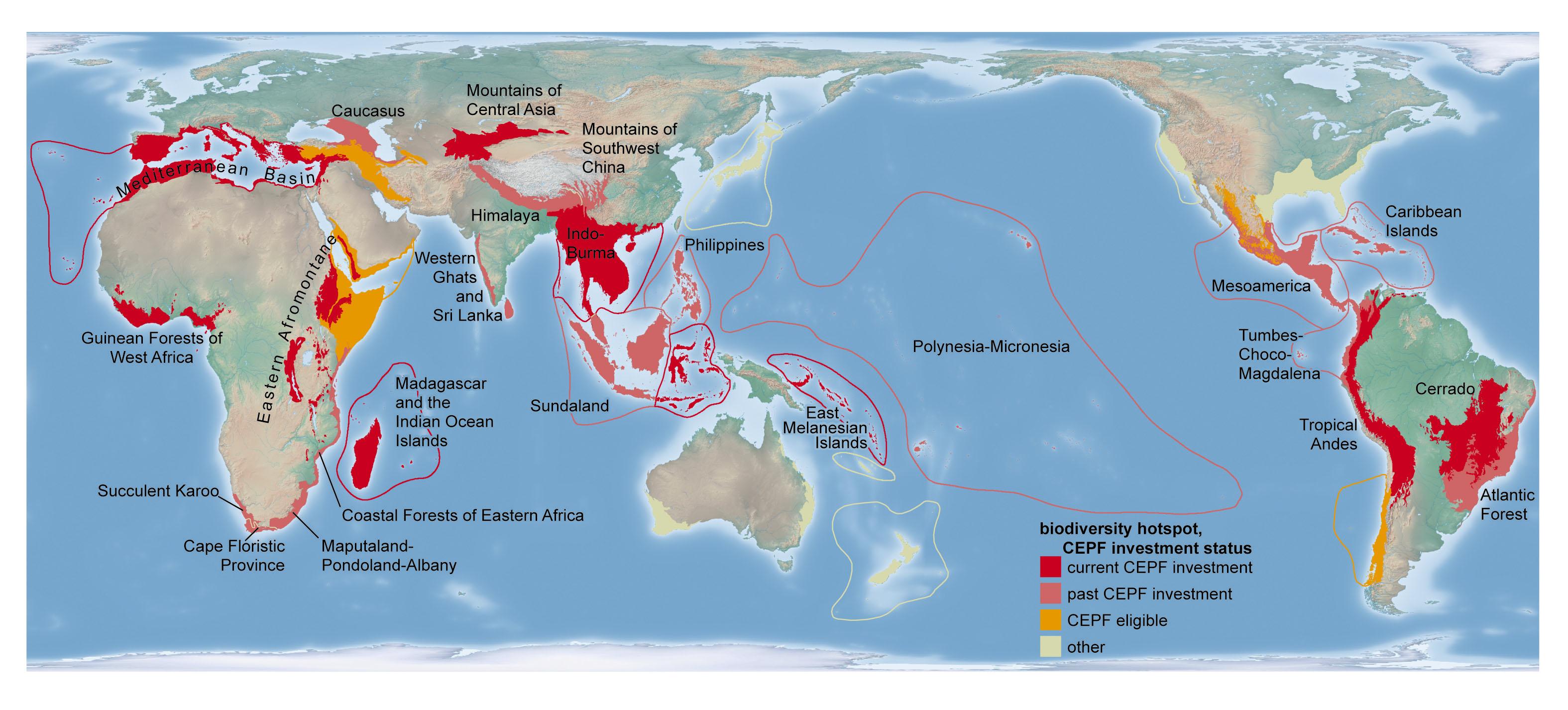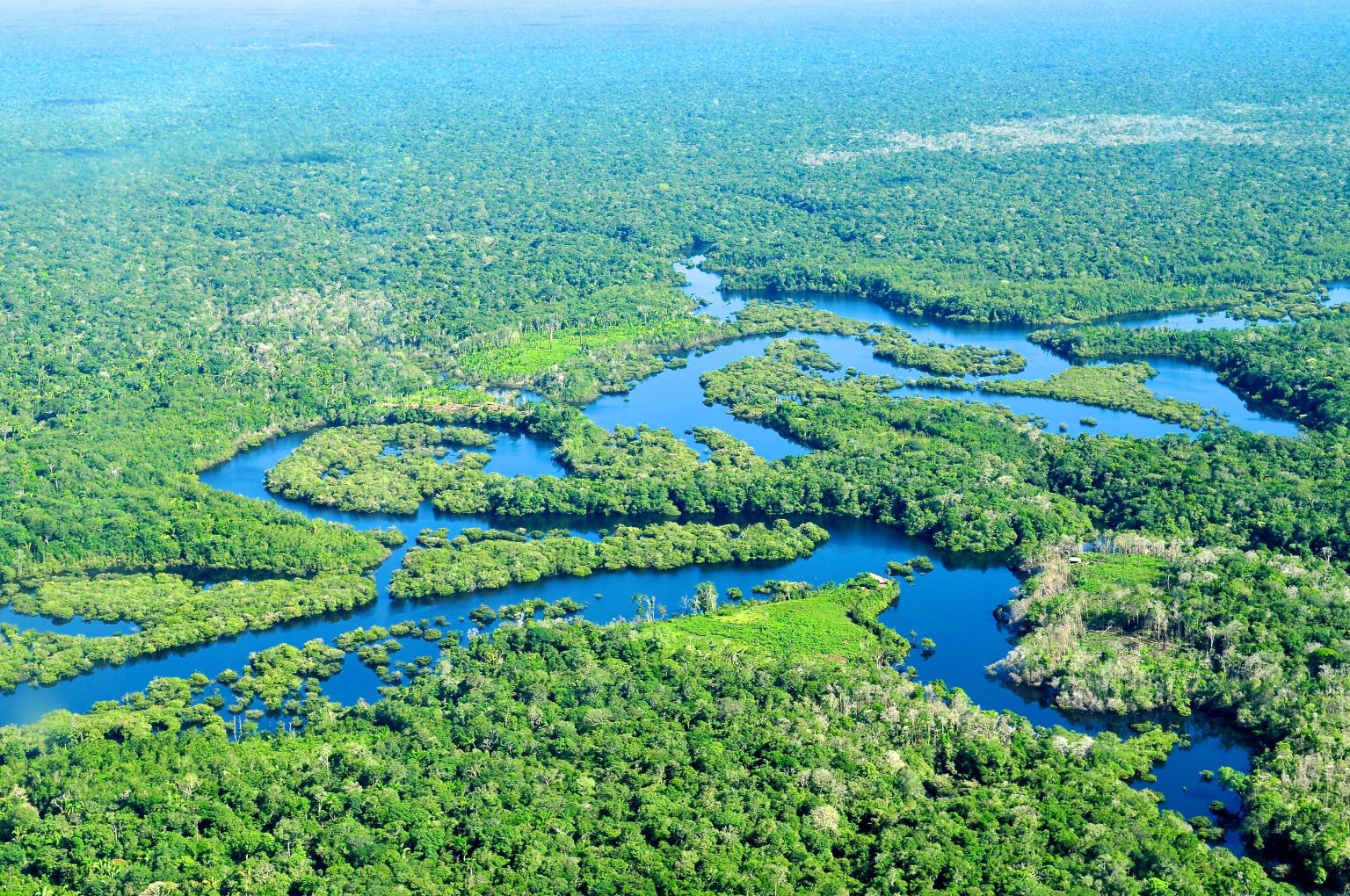In the heart of South America lies a magnificent expanse often referred to as the “lungs of the Earth”—the Amazon Rainforest. This vibrant ecosystem, stretching over 5.5 million square kilometers, is far more than just a treasure trove of biodiversity; it serves as a critical regulator of our planet’s climate, air quality, and water systems. From the symphony of creatures that call it home to the intricate web of life that sustains them, the Amazon is an extraordinary narrative of resilience and interdependence. As we delve into the depths of this vital region, we uncover not only its unparalleled beauty but also its indispensable role in maintaining the delicate balance of life on our planet. Join us on a journey through the lush canopies and flowing rivers of the Amazon, where every breath taken carries the weight of a world in need of preservation.
Table of Contents
- The Lungs of Our Planet: Understanding the Amazon Rainforests Oxygen Production
- Biodiversity Hotspot: The Ecological Importance of the Amazons Flora and Fauna
- Climate Regulator: How the Amazon Influences Global Weather Patterns
- Sustainable Practices: Strategies for Protecting the Amazons Future
- To Conclude
The Lungs of Our Planet: Understanding the Amazon Rainforests Oxygen Production

The Amazon rainforest, often referred to as the lungs of our planet, plays a crucial role in maintaining the delicate balance of Earth’s atmosphere. As a vast expanse of greenery teeming with life, it is responsible for producing approximately 20% of the world’s oxygen. This process of oxygen production occurs through photosynthesis, where the myriad of trees and plant species convert carbon dioxide into oxygen. The sheer diversity of flora enhances the rainforest’s capability, showcasing a remarkable interplay between ecological stability and oxygen generation.
Moreover, the Amazon holds a unique position in the ecosystem that extends beyond just oxygen production. It acts as a crucial carbon sink, absorbing vast amounts of carbon dioxide, a major greenhouse gas, thus mitigating climate change. Here are some key facets of its contribution:
- Photosynthesis efficiency: The Amazon’s vast tree canopy enables an exceptional rate of photosynthesis.
- Biodiversity: Home to millions of species, the rainforest supports complex interactions that enhance nutrient cycling.
- Climate regulation: By maintaining humidity and temperature levels, it influences local and global weather patterns.
Biodiversity Hotspot: The Ecological Importance of the Amazons Flora and Fauna

The Amazon rainforest is a treasury of life, hosting an unparalleled diversity of species. Within its vast canopies and intricate undergrowth, one can find over 390 billion individual trees belonging to approximately 16,000 different species. This remarkable variety not only fuels the intricate web of life that sustains countless organisms but also plays a critical role in global ecological processes. The unique flora ranges from towering emergent trees to delicate orchids, while fauna includes over 2.5 million insect species, 1,300 bird species, 400 mammal species, and 300 reptile species. Each organism contributes to the ecological balance, serving as pollinators, decomposers, or top predators, creating a delicate interdependence that is fundamental to the health of our planet.
Moreover, the Amazon’s biodiversity is crucial in regulating the Earth’s climate. Its dense vegetation acts as a carbon sink, absorbing vast amounts of carbon dioxide and mitigating climate change. This remarkable ecosystem also influences regional rainfall patterns, ensuring that the surrounding areas are nourished with vital water resources. The role of indigenous species in maintaining soil health through nutrient cycling cannot be understated. By preserving these ecological relationships, we safeguard not only the Amazon’s rich heritage but also the future of global biodiversity. The systematic study of this complex network reveals the profound connection between a thriving ecosystem and the survival of life itself.
Climate Regulator: How the Amazon Influences Global Weather Patterns
The Amazon Rainforest, often referred to as the “lungs of the Earth,” plays a pivotal role in regulating not just the local climate but also the weather patterns that extend far beyond its limits. Its vast expanses of greenery work as a significant carbon sink, absorbing immense amounts of carbon dioxide and releasing oxygen, which is essential for maintaining atmospheric balance. This process of photosynthesis also leads to the production of water vapor that, through a series of complex interactions, contributes to the formation of clouds and precipitation. As a result, the Amazon has the unique ability to influence rainfall across South America and even as far afield as the United States and Europe.
- Heat Exchange: The forest’s transpiration processes release moisture, which cools the air and leads to localized weather changes.
- Storm Development: The water vapor from the Amazon enhances storm formation, influencing the intensity and frequency of weather systems.
- Temperature Regulation: By absorbing sunlight and regulating airflow, the Amazon helps moderate temperatures across the globe.
This intricate interplay not only sustains the rich biodiversity of the region but also supports agricultural systems and water supplies that millions rely on. Understanding the link between the Amazon and global climate dynamics is crucial, as disruptions to this ecosystem can lead to severe consequences. With ongoing deforestation and climate change, the loss of this rich environment would not only impact local communities but could trigger a ripple effect that alters weather patterns worldwide.
Sustainable Practices: Strategies for Protecting the Amazons Future
The preservation of the Amazon rainforest hinges on a multifaceted approach that incorporates community engagement, sustainable development, and environmental education. Local communities, often the best stewards of their land, must play a pivotal role in decision-making processes regarding forest management. This can be achieved through collaborative programs that prioritize traditional ecological knowledge while integrating modern conservation science. Emphasizing sustainable livelihoods such as eco-tourism, agroforestry, and responsible harvesting of non-timber forest products can provide economic incentives that reduce reliance on destructive practices like logging and mining.
Furthermore, legislative frameworks and incentives to protect the rainforest can be crucial in deterring deforestation. By fostering partnerships between governments, NGOs, and indigenous groups, we can create comprehensive strategies to monitor and enforce regulations against illegal activities. Key strategies include:
- Reforestation initiatives to restore degraded areas and enhance biodiversity.
- Educational programs aimed at raising awareness about the importance of the Amazon and its conservation.
- Support for sustainable businesses that rely on the forest’s resources without depleting them.
- Research funding for innovative environmental practices that promote harmony between development and conservation.
| Strategy | Impact |
|---|---|
| Community-Led Conservation | Enhanced biodiversity and local stewardship |
| Agroforestry Practices | Sustainable land use and improved soil health |
| Legislation and Enforcement | Reduced illegal deforestation rates |
| Eco-Tourism Development | Economic benefits while preserving nature |
To Conclude
As we draw the curtain on our exploration of the Amazon rainforest, a vivid tapestry of life and resilience unfolds before us. This breathtaking expanse not only captivates the imagination but also stands as a formidable guardian of our planet’s well-being. The Amazon’s intricate ecosystems, vibrant flora, and fauna play an irreplaceable role in regulating climate, purifying air, and sustaining countless species—including humanity.
In acknowledging the vital contributions of this majestic biome, we are reminded of our responsibility to protect it. The fate of the Amazon is intertwined with our own, and its preservation hinges on collective action, awareness, and appreciation. As the heartbeat of the Earth, the rainforest urges us to breathe life into our commitment to environmental stewardship. It calls us to cherish the wonders of nature, ensuring that future generations inherit not just the remnants of its beauty, but the thriving legacy of a living world.
Let us leave this conversation with a renewed sense of purpose, inspired by the Amazon’s enduring spirit. It beckons us to be vigilant guardians of our planet, champions of biodiversity, and advocates for a future where every tree, every creature, and every breath we take contributes to the incredible symphony of life that the rainforest orchestrates. Together, may we rise to the challenge and breathe life into a more sustainable tomorrow.



